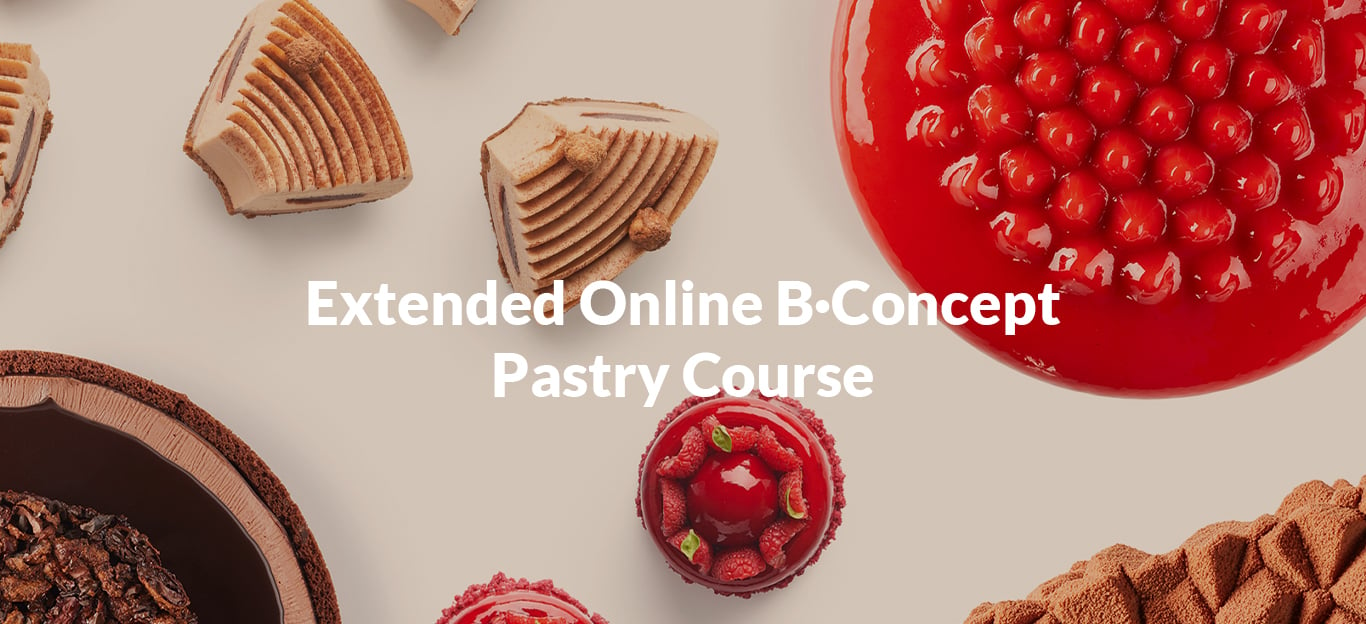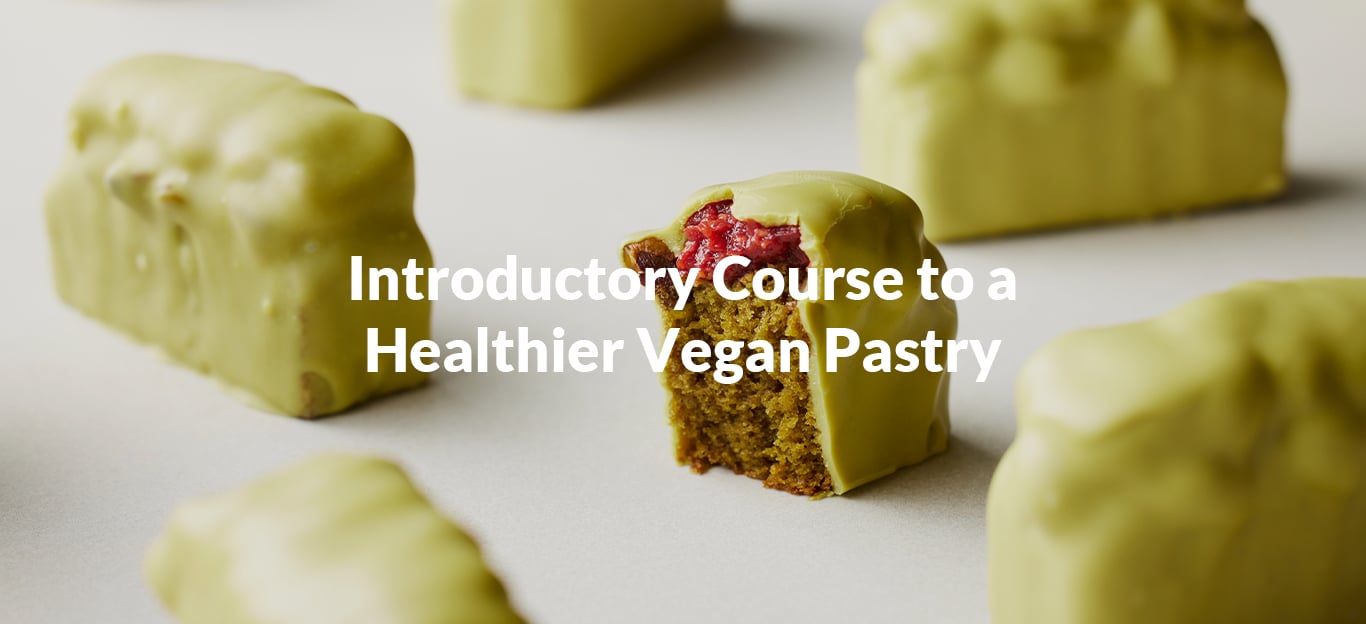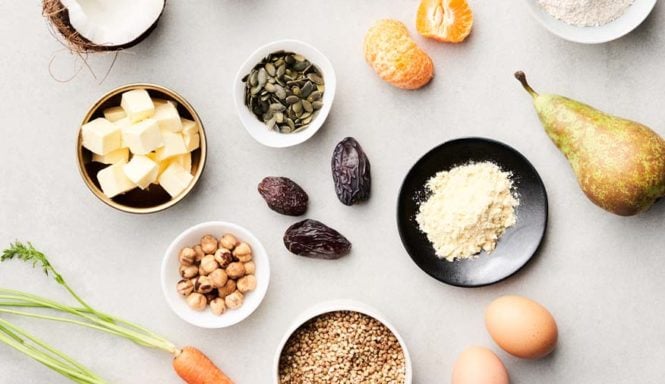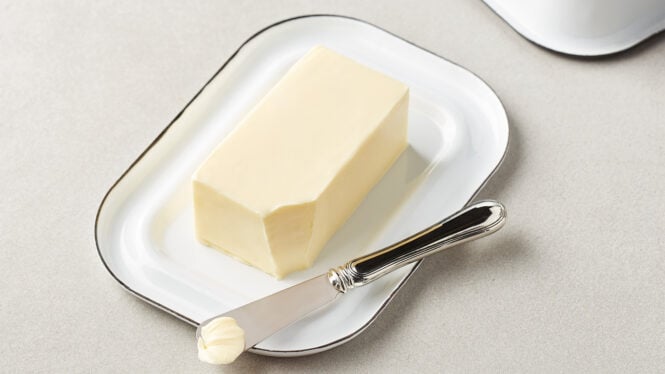
Buckwheat and seed bread: healthy vegan and gluten-free bread recipe
Talking about healthy pastry and bakery is risky because, being strict with the term, they must be 100% beneficial to the body. Even so, in our R+D+i department, we work day after day to contribute our grain of sand to this great forgotten, health in the sweet and bakery world.
This time we want to share with you our recipe for buckwheat and seeds bread. A main ingredient with high nutritional value that, in addition, has allowed us to get a homemade vegan and gluten-free bread. And yes, we can say it with complete certainty, it is a 100% healthy recipe.
So that you can reproduce it at home, we leave you the video we recorded with Xevi in which you will discover all the technical and functional secrets of each ingredient used. Also, below you will find the recipe for this buckwheat bread in two versions, the complete and the simplified, so you can choose the one that best suits you. Bon appétit!
And if you like this recipe, remember that you can already buy our book ofHealthier, lighter and tastier pastrywhere you will find this and many other nutritious and flavorful recipes.
About the ingredients
Buckwheat: pseudocereal with a unique nutritional profile. It is rich in magnesium, manganese, phosphorus, calcium, zinc and antioxidants. It is also rich in fiber and resistant starch.
Flaxseeds: rich in vitamins, minerals and Omega-3 fats, particularly alpha-linoleic acid (ALA). Flaxseeds are also rich in lignin, an insoluble fiber beneficial to our digestive system.
Sesame seeds: source of Omega-3 fats and fiber.
Pumpkin seeds: source of linoleic acid and arginine, an amino acid important for the production of nitric oxide (NO), which widens arteries and improves blood circulation;
Sunflower seeds: source of linoleic acid, vitamin E and selenium.
Psyllium husk: source of soluble and insoluble fiber that can help reduce bad cholesterol (LDL).
Olive oil: oil with a very healthy nutritional profile, rich in unsaturated fatty acids. Many studies on the Mediterranean diet have shown that people who consume olive oil regularly have a lower risk of developing cardiovascular diseases. It also helps maintain healthy cholesterol levels.
Video recipe: Buckwheat and seeds bread (complete)
Recipe: Buckwheat and Seeds Bread (complete)
Recipe for 1 loaf 25 cm long by 14.5 cm wide and 7 cm high.
BUCKWHEAT SOURDOUGH
To prepare a day before serving
155 g Water
155 g Buckwheat flour
- Heat the water to 50ºC.
- Mix with the buckwheat flour in a blender with whisk at medium speed for 3 minutes.
- Keep 12 hours in the fridge at 4ºC.
- Remove the dough from the fridge and leave at room temperature for 3 hours until it is at 20ºC.
ROASTED AND PRECOOKED BUCKWHEAT
Prepare just before to start the production
125 g Buckwheat grain
q.s. Water 1 (for washing)
310 g Water 2
- Wash the buckwheat in grain with abundant water 1 and drain.
- Spread on a baking sheet with baking paper and toast for 30 minutes at 180ºC in a ventilated oven or at 200ºC in an unventilated oven. The final color of the grain should be brown.
- Once toasted, boil the water 2 and add the toasted buckwheat.
- Cook for 5 minutes and drain.
- Use.
BUCKWHEAT BREAD
30 g Crushed flax
100 g Water 1
75 g Pumpkin seeds
75 g Sunflower seeds
q.s. Water 2 (for washing)
40 g Crushed white sesame
300 g Water 3
310 g Buckwheat sourdough (p.p.)
225 g Buckwheat flour
85 g Tapioca starch
12 g Psyllium powder
10 g Salt
30 g Olive oil
2 g Dry baker's yeast
12 g Cereal coffee
6 g Lecithin (granules)
125 g Precooked roasted buckwheat (p.p.)
- Mix the crushed flax with the water 1 at 20ºC with the help of a whisk.
- Clean the pumpkin seeds and sunflower seeds with plenty of water 2 and drain. Reserve a handful to decorate the bread at point 7 and mix the rest with the previous preparation.
- Add the crushed white sesame.
- Heat the water 3 to 50ºC.
- Beat the water 3, the sourdough at 20°C, buckwheat flour, tapioca starch, Psyllium, salt, olive oil, yeast, cereal coffee and lecithin in the mixer with the whisk at high speed for 10 minutes.
- Reduce the speed to the minimum and almost all the toasted and precooked buckwheat (reserve a handful to decorate the bread in point 7) and the mixture of flax, seeds and sesame. The final kneading temperature should be approximately 30ºC.
- Pour the batter into the mould and sprinkle with the buckwheat and seeds.
- Cover with a damp cloth and leave to ferment for 3 - 4 hours at a temperature of 30-35ºC. If we are in a colder environment, we can heat the oven to 30ºC, turn it off and introduce the bread for 3 - 4 hours with the door closed so that the heat is retained.
- Spray the surface of the bread with water and bake for 60 minutes at 160ºC in a ventilated oven or at 180ºC in an unventilated oven.
- Unmould and let cool on top of a rack.
Nutritional values
Per serving of 100 g of seeds and buckwheat bread.
- Calories: 265 kcal
- Fats (of which saturated): 10.68 g (1.56 g)
- Carbohydrates (of which sugars): 31.02 g (1.29 g)
- Protein: 9.45 g
- Salt: 0.66 g
- Fiber: 5.55 g
Recipe: Buckwheat bread (simplified)
Recipe for 1 loaf 25 cm long by 14.5 cm wide and 7 cm high.
BUCKWHEAT SOURDOUGH
To prepare a day before serving
185 g Water
185 g Buckwheat flour
- Heat the water to 50ºC.
- Mix with the buckwheat flour in a blender with whisk at medium speed for 3 minutes.
- Keep 12 hours in the fridge at 4ºC.
- Remove the dough from the fridge and leave at room temperature for 3 hours until it is at 20ºC.
BUCKWHEAT BREAD
360 g Water
370 g Buckwheat sourdough (p.p.)
270 g Buckwheat flour
100 g Tapioca starch
15 g Psyllium powder
12 g Salt
40 g Olive oil
3 g Dry baker's yeast
15 g Cereal coffee
7 g Lecithin (granules)
- Heat the water to 50ºC.
- Beat the water, sourdough at 20°C, buckwheat flour, tapioca starch, Psyllium, salt, olive oil, yeast, cereal coffee and lecithin in the mixer with the whisk at high speed for 10 minutes.
- The final temperature of the kneading should be approximately 30 ºC.
- Pour the dough into the mold, cover with a damp cloth and let it rise for 2 - 3 hours at a temperature of 30 ºC (the bread should rise approximately 1/3 of its original volume). If we are in a colder environment, we can heat the oven to 30 ºC, turn it off and introduce the bread during 2 - 3 hours with the door closed so that the heat is conserved.
- Spray the surface of the bread with water and bake for 60 minutes at 160 ºC in a ventilated oven or at 180 ºC in a non-ventilated oven.
- Unmould and let cool on top of a rack.
Conservation and consumption tips
Option 1: Consume during the next 3 days and keep protected in a cloth or paper bag at room temperature.
Option 2: Cut into slices and protect with a paper bag and freeze. To consume, we recommend toasting directly in the toaster.





